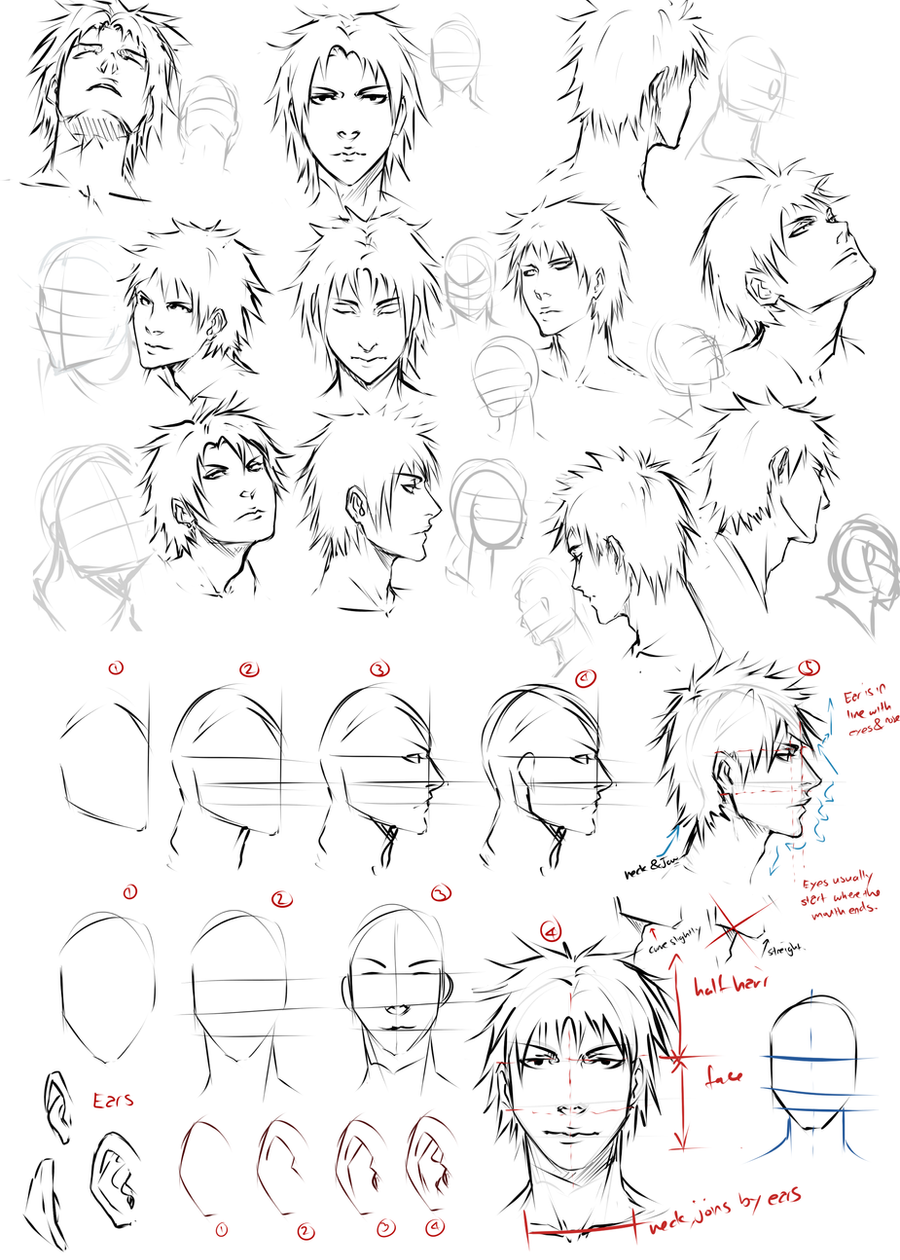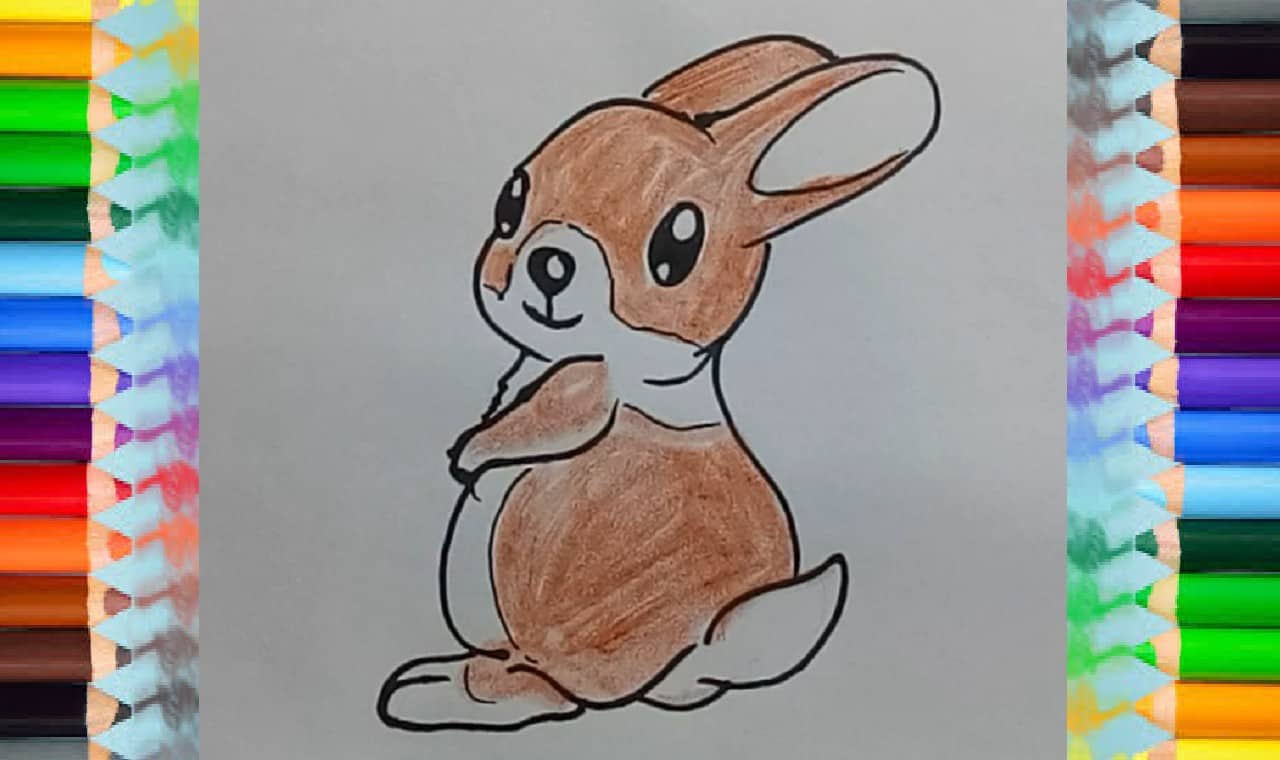How to draw perspective for makers 4 steps with pictures
Table of Contents
Table of Contents
Perspective drawing is an essential skill for any artist, architect, or designer. It allows you to create a sense of depth and dimension in your artwork, making it more realistic and visually appealing. However, learning how to do perspective drawing can be overwhelming for beginners. In this article, we’ll break down the steps to help you understand how to create stunning perspective drawings.
Pain Points of Perspective Drawing
Many aspiring artists struggle with perspective drawing because it requires a strong sense of spatial awareness and the ability to visualize objects in three dimensions. This skill can be difficult to develop, especially if you’re used to drawing in a more 2D style. Without a solid understanding of perspective, your drawings can look flat and lifeless, lacking the energy and movement that comes with a strong sense of depth.
How to Do Perspective Drawing
To create compelling perspective in your drawings, you’ll need to understand the basic principles of perception. In this tutorial, we will cover the one-point and two-point perspective. You’ll learn how to use basic shapes and lines to create the illusion of depth and space in your artwork.
Main Points of How to Do Perspective Drawing
The first point of perspective drawing is to understand the vanishing point, also known as the central point of intersection in your drawing. This point is where all objects in your drawing recede to. Next, we will discuss techniques like horizon line and optical illusion which creates the illusion of depth in your drawing. Drawing objects in space, understanding foreshortening, and scale also greatly contribute to improving your perspective drawing skills.
One-Point Perspective
One-Point Perspective is when there is only one vanishing point in the composition of your drawing. This type of perspective is ideal for drawing cityscapes, rooms, and simple objects. Imagine standing in the middle of a room and looking down a single hallway. We will be using this example to help illustrate one-point perspective. Start by drawing a rectangle for the distance of the hallway, draw two more rectangles perpendicular to the distance, create the line going to vanishing point, and continue with the same process for the rest of the hallway. Congratulations! You have created an illusion of 3D space on a 2D surface.
Two-Point Perspective
Two-Point Perspective is more complex than one-point perspective. It’s ideal for drawing taller buildings, landscapes, or scenes that have more depth. In two-point perspective, there are two vanishing points located on the horizon line. To draw a basic cube in two-point perspective, start by drawing a vertical line to indicate the height of the cube. Then, draw two more lines to create a 90-degree angle to the first line. These two diagonal lines are what will create the perspective in your drawing. Start drawing your first edge from one of the two vanishing points, then use the other vanishing point to draw the other side of the cube. Continue until you have completed as many sides of the cube as necessary.
Optical Illusion
In perspective drawing, some objects can appear farther away due to their size, color, or placement in the composition. It’s essential to understand how to use optical illusion in your artwork to create the correct sense of depth. For example, overlap objects, with the larger object closer to the viewer and the smaller object in the distance. Another example is using contrasting colors to make the fore-ground appear heavier than the background.
Foreshortening
Foreshortening is a technique used to create the illusion of an object receding into space. This trick of the eye can be employed to create a sense of movement and depth in your artwork. Foreshortening of objects can depend on the angle of the object and the vanishing points as well. For example, to draw a foreshortened arm, you would draw the bicep and then the forearm along the vanishing point line.
Question and Answer
Q: How difficult is it to learn perspective drawing?
A: Perspective drawing is a skill that can be developed with time and practice. While it can be challenging at first, persistence is key. Start with simple objects and gradually work your way up to more complex compositions.
Q: How do you determine vanishing points in perspective drawing?
A: Vanishing points are located on the horizon line in your drawing. The horizon line should be located at your eye level. Once you decide where you want your horizon line, locate the vanishing points by drawing lines out from each side of the horizon line.
Q: What is the most challenging aspect of perspective drawing?
A: One of the most challenging aspects of perspective drawing is learning how to visualize objects in space. This takes practice and patience, but with time, you’ll get better at it. Another challenge is determining the correct scale and proportion of objects to ensure that they fit into the composition without looking out of place.
Q: Are there any shortcuts to perspective drawing?
A: While there are no shortcuts to learning perspective drawing, there are some tips and tricks that can help you get started. For example, using a grid or ruler can help keep your lines straight and in proper perspective. Similarly, using a reference photo can help you visualize the correct proportions and depth in your artwork.
Conclusion of How to Do Perspective Drawing
Perspective drawing can be challenging, but it’s an essential skill for any artist or designer. By understanding the basic principles of perspective, you’ll be able to add depth and dimension to your artwork, making it more realistic and visually appealing. Start with simple objects and gradually work your way up to more complex compositions to develop your skills. Remember to use optical illusion, foreshortening, and incorporate the vanishing point in your composition, and don’t be afraid to experiment until you achieve the desired effect.
Gallery
How To Draw Perspective: For Makers : 4 Steps (with Pictures
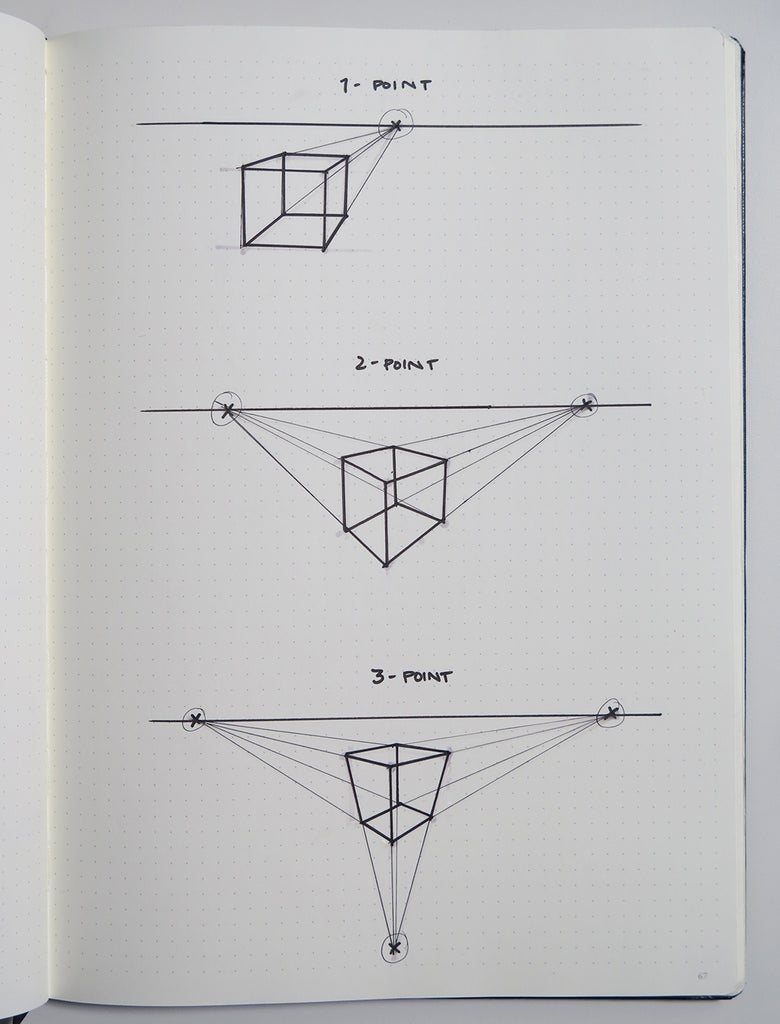
Photo Credit by: bing.com / instructables rendering vanishing architecture6
How To Draw A Room Using One Point Perspective : 11 Steps - Instructables
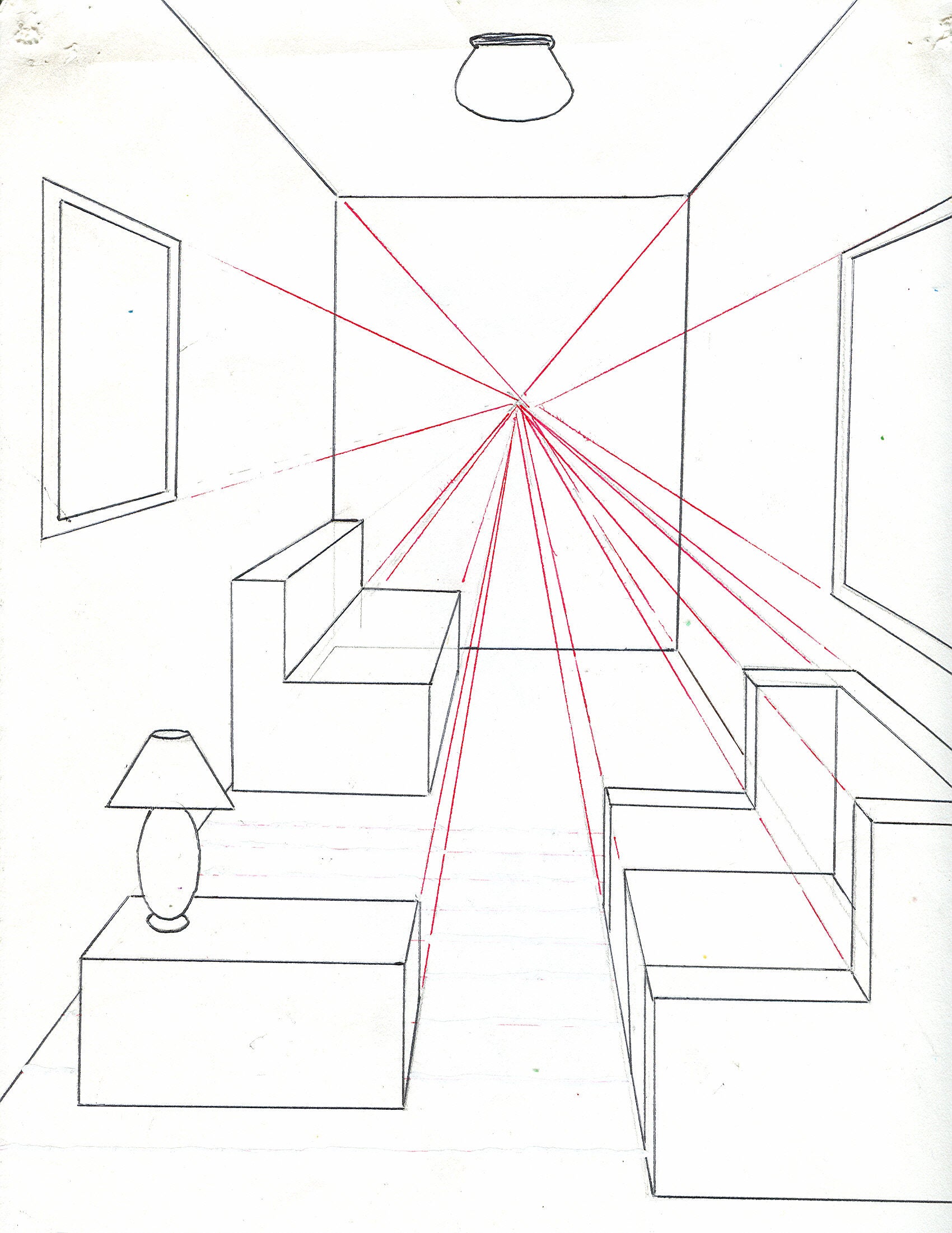
Photo Credit by: bing.com / instructables
How To Draw Landscapes In Perspective Tutorial Video
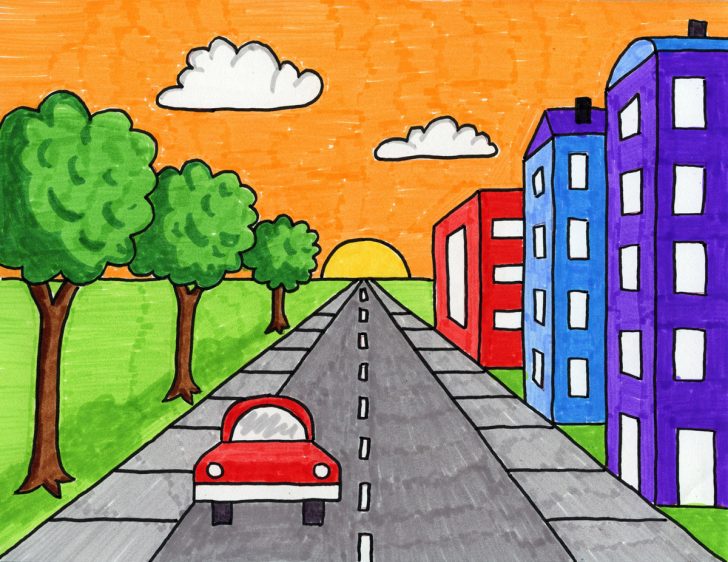
Photo Credit by: bing.com / imajinatif vanishing artprojectsforkids broonet dimensi prospettiva progetti artistici mudah workshop asri jalanan bharath nava coimbatore
How To Draw Groups Of People And Figures In Perspective - Size Of

Photo Credit by: bing.com / perspective draw figures drawing below above human foreshortening figure groups objects body tutorials illustration siterubix artofdrawing
Simple One Point Perspective Drawing Ideas - Rectangle Circle
Photo Credit by: bing.com / perspectives



